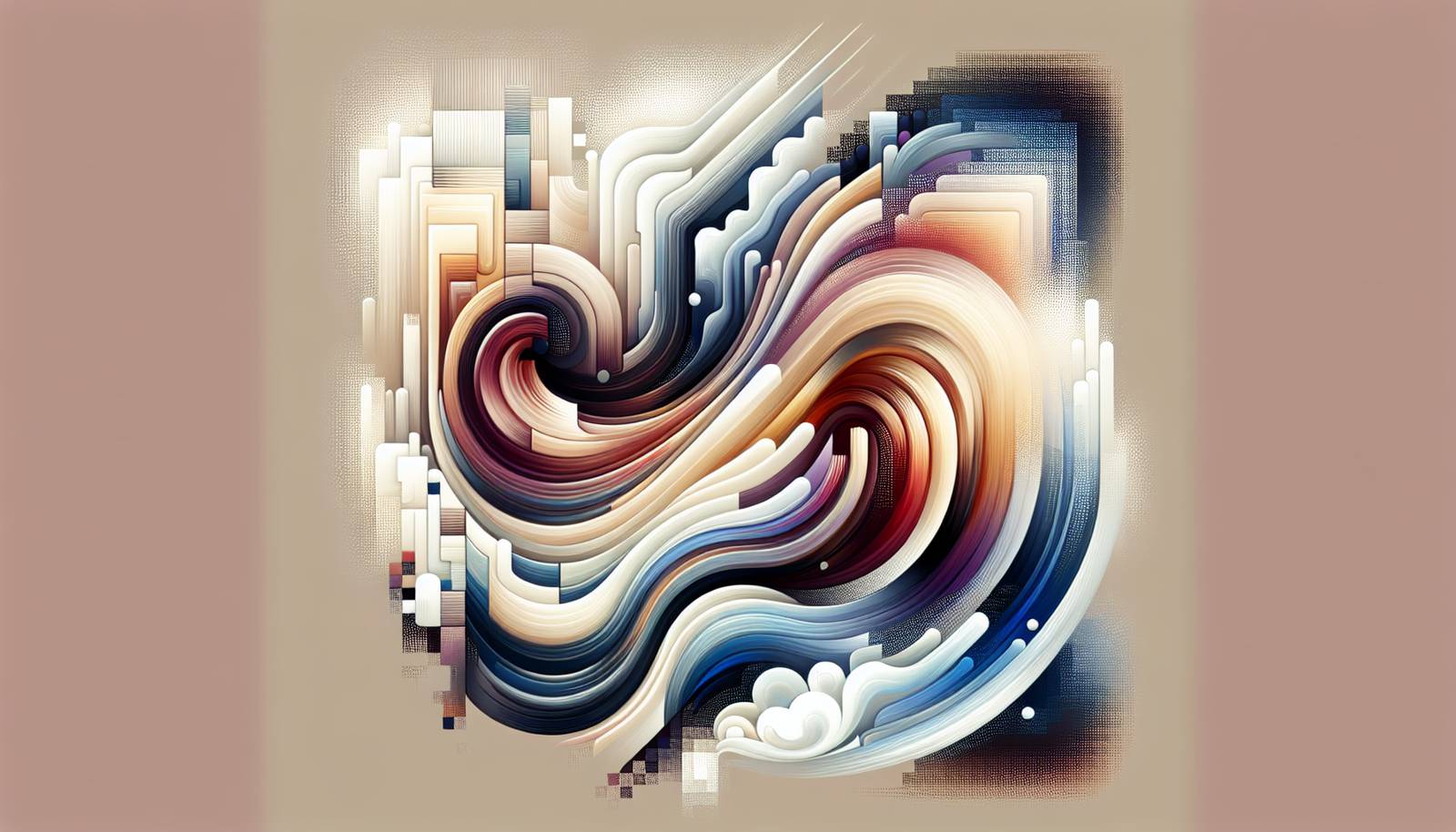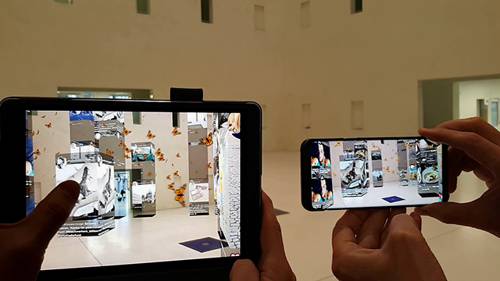
FAQ About The Influence of Art Movements on Video Game Design

What are art movements?
Art movements are styles or tendencies in art with a specific common philosophy, followed by a group of artists during a specific period of time. They tend to be consciously influenced by and react to the sociopolitical and cultural conditions of their time. Examples include surrealism, minimalism, realism, and many others, each with distinct characteristics and ideologies.

How do art movements influence video game design?
Art movements influence video game design by providing a thematic foundation and aesthetic inspiration. These movements inform the visual style, storytelling, and emotional tone of games. For instance, surrealism can contribute to imaginative and dreamlike worlds, while realism can enhance detail-oriented, lifelike environments. These influences help create immersive experiences that resonate with players on a cultural and emotional level.

Can you give an example of a video game influenced by surrealism?
The game "Control," developed by Remedy Entertainment, is heavily influenced by surrealism. It features a strange, dreamlike atmosphere with reality-bending environments and objects. The game's narrative and visual style leverage surreal themes, evoking a sense of mystery and exploration beyond the mundane.

What is the impact of minimalism on video game design?
Minimalism in video game design often results in simple, clean aesthetics that focus on basic geometric shapes and a limited color palette. Games influenced by minimalism, such as "Journey" by Thatgamecompany, emphasize gameplay mechanics and emotional experience over detailed visual elements. This style allows players to focus on the core elements of the game, offering a meditative and uncluttered experience.

How does realism enhance storytelling in video games?
Realism in video games enhances storytelling by creating believable and immersive worlds that resonate with players. Detailed textures, lifelike character animations, and realistic physics all contribute to the authenticity of a game's environment. For example, "The Last of Us Part II" uses realism to evoke emotional depth and connection through its detailed depiction of post-apocalyptic settings and human experiences.

What are some challenges of incorporating art movements into video game design?
Incorporating art movements into video game design can present challenges such as maintaining balance between artistic expression and gameplay functionality. Designers must ensure that the aesthetic elements complement the game's interactive nature without overwhelming or distracting players. Additionally, capturing the essence of an art movement in a digital medium may require advanced technical skills and innovative design solutions.

Are there art movements that are particularly popular in indie games?
Many indie games draw inspiration from art movements like pixel art, which is reminiscent of early digital art styles, post-impressionism, and surrealism. These movements allow indie developers to experiment with unique visual aesthetics and unconventional storytelling methods. Games like "Hyper Light Drifter" utilize pixel art to create a nostalgic yet modern visual experience, while "Kentucky Route Zero" uses surrealist elements to shape its narrative and visual style.

How do game developers choose which art movement to incorporate?
Game developers typically choose an art movement based on the narrative they wish to convey, the audience they are targeting, and the overall atmosphere they aim to create. The chosen art movement must align with the game's thematic elements and enhance the player's emotional engagement. The decision often involves collaboration between artists, designers, and narrative developers to ensure coherence and impact.

Do players generally notice the influence of art movements in video games?
While players may not always consciously recognize the influence of specific art movements, these influences can significantly affect their gaming experience. Elements such as unusual visual styles, thematic depth, and emotional resonance often stem from art movements. Players may describe these effects in terms of the game's mood, atmosphere, or aesthetic appeal, recognizing that something unique shapes their experience.

What role does cultural context play in using art movements for game design?
Cultural context plays a crucial role in determining how art movements are integrated into video game design. By understanding the historical and societal influences of a particular movement, designers can create culturally rich and meaningful game worlds. This understanding can help developers infuse games with specific cultural references and themes, resonating with diverse audiences and contributing to the game's depth and authenticity.

How has surrealism been used in the storytelling of video games?
Surrealism has been used in video game storytelling to create fantastical worlds that challenge traditional logic and perception. It allows for narratives that explore the unconscious mind, ambiguous realities, and bizarre scenarios. Games like "The Stanley Parable" use surrealism to offer unique, thought-provoking stories that encourage players to question the nature of choice, control, and reality itself.

What is an example of a game influenced by realism?
"Red Dead Redemption 2" by Rockstar Games is a prominent example of a game influenced by realism. The game features meticulously detailed environments, lifelike animal behaviors, and authentic character interactions. The realistic portrayal of the American frontier immerses players in the game's narrative and enhances the emotional impact of its story.

How does abstraction play a part in video game design?
Abstraction in video game design focuses on simplicity and reduction, using non-representational forms to convey ideas and mechanics. It often involves stripping away unnecessary details to highlight core gameplay elements. A game like "Tetris" exemplifies abstraction by using basic shapes and an intuitive design that prioritizes gameplay clarity and challenge over complex visuals.

Can classical art movements influence modern video game aesthetics?
Yes, classical art movements can influence modern video game aesthetics by providing time-honored techniques and themes that resonate with contemporary audiences. For instance, Renaissance-inspired games may incorporate sophisticated composition and harmonious elements that evoke a sense of balance and beauty. These classical influences can introduce a timeless quality to video game designs, appealing to a broad range of players.

How do video games interpret the principles of abstract art?
Video games interpret the principles of abstract art by prioritizing form, color, and composition over realistic depiction. Abstract-inspired games often focus on visuals that evoke emotions, ideas, or gameplay mechanics without representing real-world elements. Games like "Monument Valley" use abstract art principles to create visually striking puzzles that challenge players' perceptions of space and geometry.

How significant is the role of visual art in a game's overall appeal?
Visual art plays a significant role in a game's overall appeal as it is often one of the first aspects that engage players. The visual style helps set the tone and mood, impacting how players perceive and interact with the game world. A distinctive art style can differentiate a game in a crowded market, attract diverse audiences, and contribute to its immersive storytelling.

What video game is known for its minimalist approach?
The game "Inside" by Playdead is known for its minimalist approach, featuring a stark, monochromatic aesthetic and a pared-down storyline. This style enhances the game's atmospheric tension and mystery, allowing players to focus on the emotional journey and environmental storytelling.

Can video game design influence art movements?
Video game design can influence art movements by introducing digital techniques and interactive elements that inspire new artistic directions. As games increasingly become recognized as a form of art, they provide a platform for creative experimentation that can influence broader artistic trends. The intersection of technology, storytelling, and art in games often encourages new approaches and styles in the art community.

What is the relationship between video game graphics and art movements?
The relationship between video game graphics and art movements lies in the adoption of stylistic elements that enhance the gaming experience. Developers draw from art movements to create visually compelling and thematically rich game worlds. These influences are manifested in graphics that convey specific moods, atmospheres, and narratives, thus enriching the player's visual and emotional engagement.

How do art movements enhance cultural depth in video games?
Art movements enhance cultural depth in video games by infusing them with historical and philosophical themes that resonate with a wide audience. By incorporating elements from various art movements, games can provide commentary on social issues, evoke emotional responses, and offer diverse perspectives. This artistic integration fosters a deeper cultural understanding and connection among players, contributing to the richness and complexity of the gaming experience.
